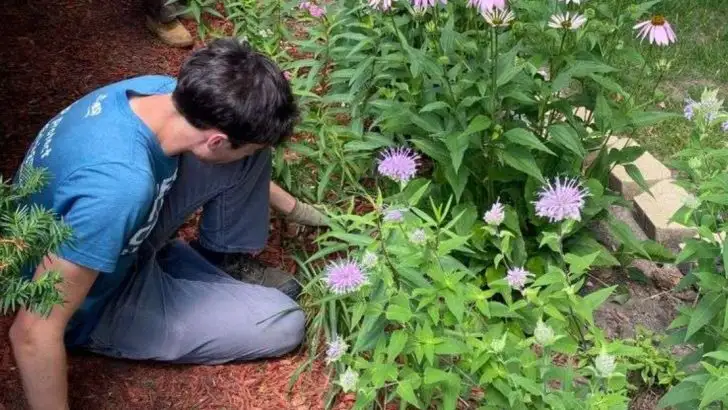You don’t need years of experience or a landscape design degree to make your garden look polished. In fact, some of the most effective ways to upgrade your outdoor space are surprisingly simple — and can be done in under an hour.
From quick fixes that instantly boost curb appeal to easy habits that keep your plants healthier and happier, these tasks may seem small, but they make a huge visual difference. Best of all? They’re beginner-friendly, budget-conscious, and secretly what many pros do behind the scenes.
Whether you’re prepping for visitors, updating your garden for the season, or just want it to look like you know exactly what you’re doing, these 15 no-fuss jobs will have your space looking professionally cared for — with almost no stress at all.
Grab your gloves and let’s make magic (the easy way).
Pruning Shrubs
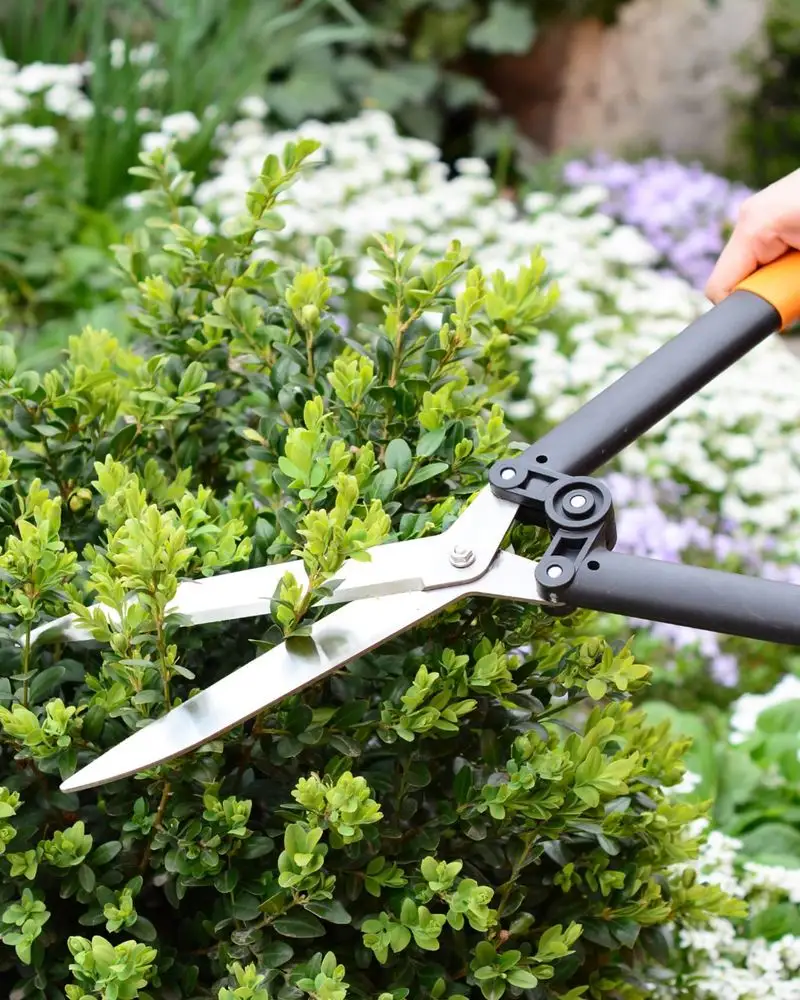
A well-pruned shrub can be the difference between a tidy garden and a chaotic tangle. Pruning is like giving your plants a stylish haircut, helping them grow properly and bloom beautifully. By removing dead or overgrown branches, you allow sunlight and air to nourish the inner parts.
This simple task can make your garden look meticulously cared for. Try using the right tools—sharp pruning shears or loppers—to make clean cuts. Remember, different shrubs have specific times for pruning, so a little research goes a long way. It’s a rewarding way to spend a morning in the garden.
Weeding
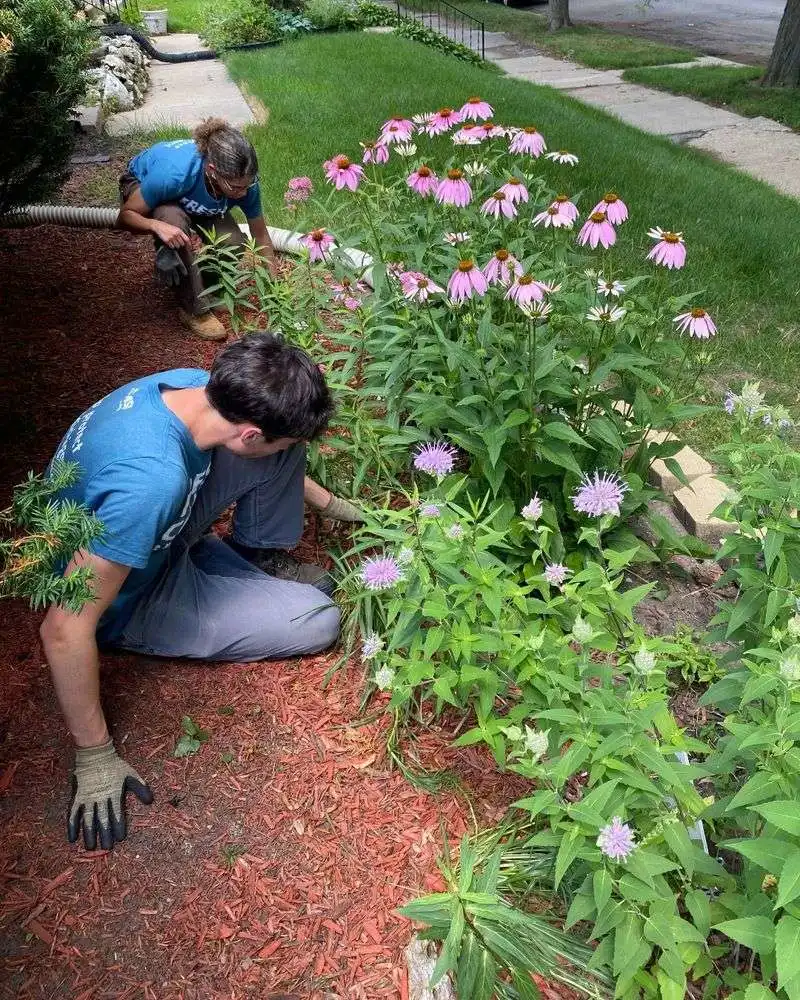
Weeds are the uninvited guests at your garden party. Regular weeding not only improves aesthetics but also prevents these intruders from stealing nutrients from your plants. It’s a task that, though simple, requires consistency and a bit of elbow grease.
Being proactive by adding mulch can help suppress weed growth, reducing the need for frequent attention. A weed-free garden not only looks pristine but also promotes healthier plant growth. Consider using a hoe for larger areas or simply get down on your knees for a closer inspection. It’s a zen-like practice that benefits your garden greatly.
Mulching
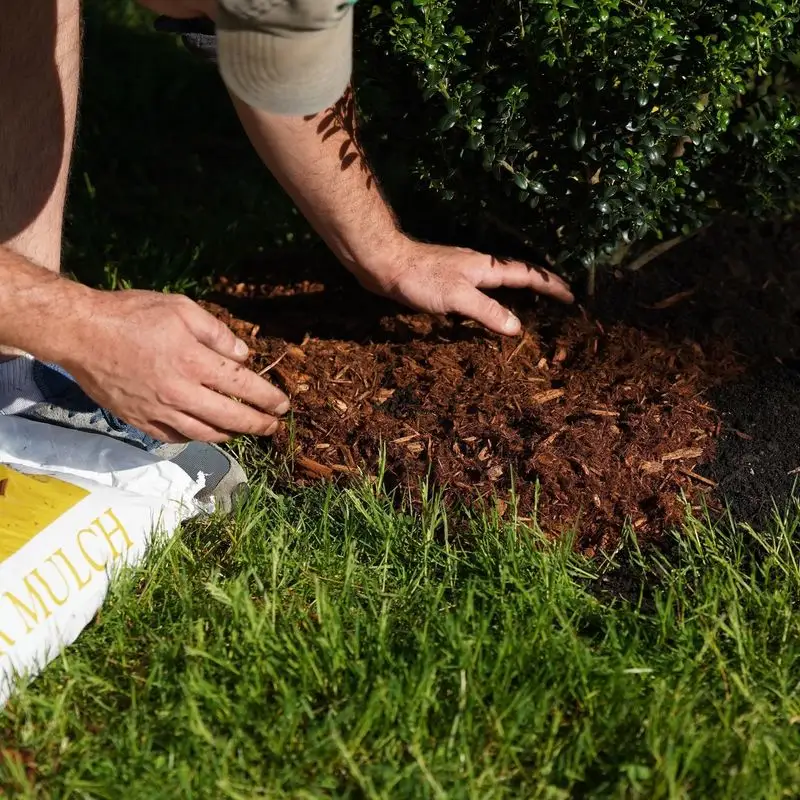
Adding a layer of mulch is akin to tucking your plants in with a warm, protective blanket. It conserves moisture, suppresses weeds, and enriches the soil as it decomposes. Choose from organic options like wood chips or straw for a more natural look.
Mulching not only keeps your garden healthy but also gives it a polished appearance. Apply a thick layer around trees, shrubs, and flower beds to improve the visual appeal. This simple yet effective task can be a game changer for water conservation and soil health in your garden.
Edging the Lawn
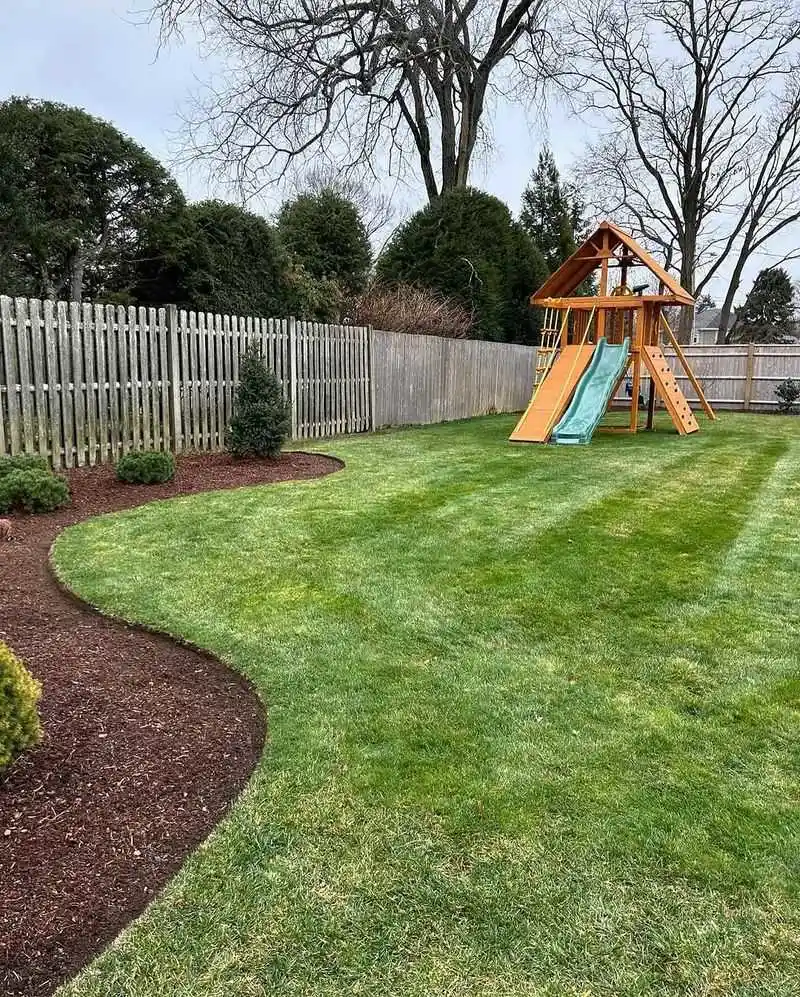
Edging is like outlining a masterpiece, giving your lawn a crisp and structured look. It defines spaces, creating a neat separation between grass, flower beds, and pathways. A clean edge can transform a garden from “nice” to “stunning.”
Invest in a quality edger or simply use a spade for a traditional approach. This small detail can significantly elevate the overall appearance of your outdoor space. It’s a task that requires a bit of precision but pays off with a professional finish. Your garden will look like it’s been groomed by a pro.
Deadheading Flowers
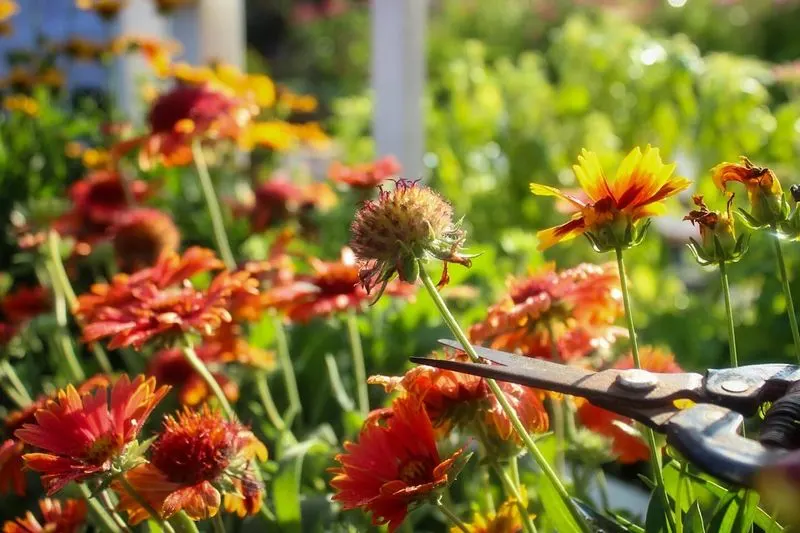
Removing spent blooms is more than just tidying up; it encourages plants to produce more flowers. Deadheading redirects energy from wilting blooms to fresh growth. This practice keeps your garden looking fresh and vibrant throughout the seasons.
It’s a quick and simple task that can be done during a leisurely walk around your garden. All you need is a pair of pruning shears or your fingers for softer stems. Regular deadheading can significantly prolong the blooming period and maintain the visual appeal of your garden.
Planting Seasonal Bulbs

Bulbs are like nature’s alarm clocks, heralding the changing seasons with bursts of color. Planting them at the right time ensures a garden that’s vibrant in spring or summer. Choose bulbs like tulips or daffodils for springtime beauty, or go for alliums for a summer display.
Ensure you plant them at the correct depth, usually three times the height of the bulb, and in well-drained soil. This task is a delightful anticipation of future blooms that will make your garden the envy of your neighborhood.
Composting
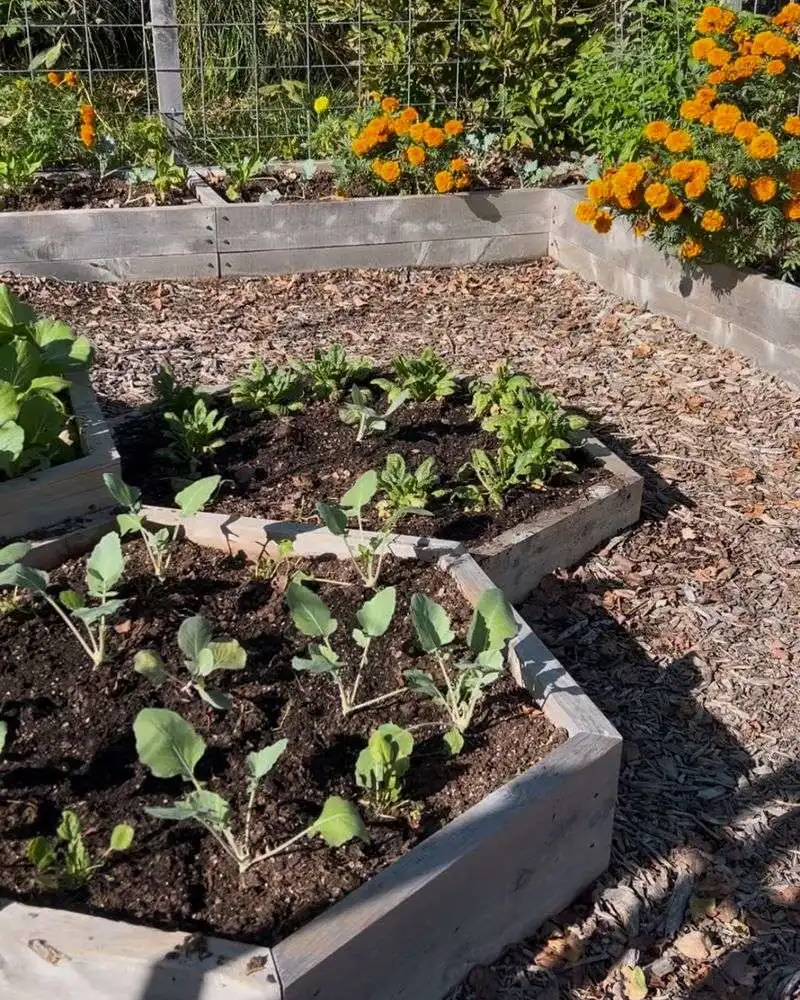
Turning kitchen scraps into garden gold is a satisfying endeavor. Composting not only reduces waste but also enriches your soil with vital nutrients. Start with a bin or a simple heap, adding vegetable scraps, coffee grounds, and yard trimmings.
Regular turning helps speed up the decomposition process, creating a rich, dark compost. This organic matter enhances soil structure, promotes healthy plant growth, and can save you money on fertilizers. Composting is an eco-friendly practice that nurtures your garden and the planet.
Watering Wisely
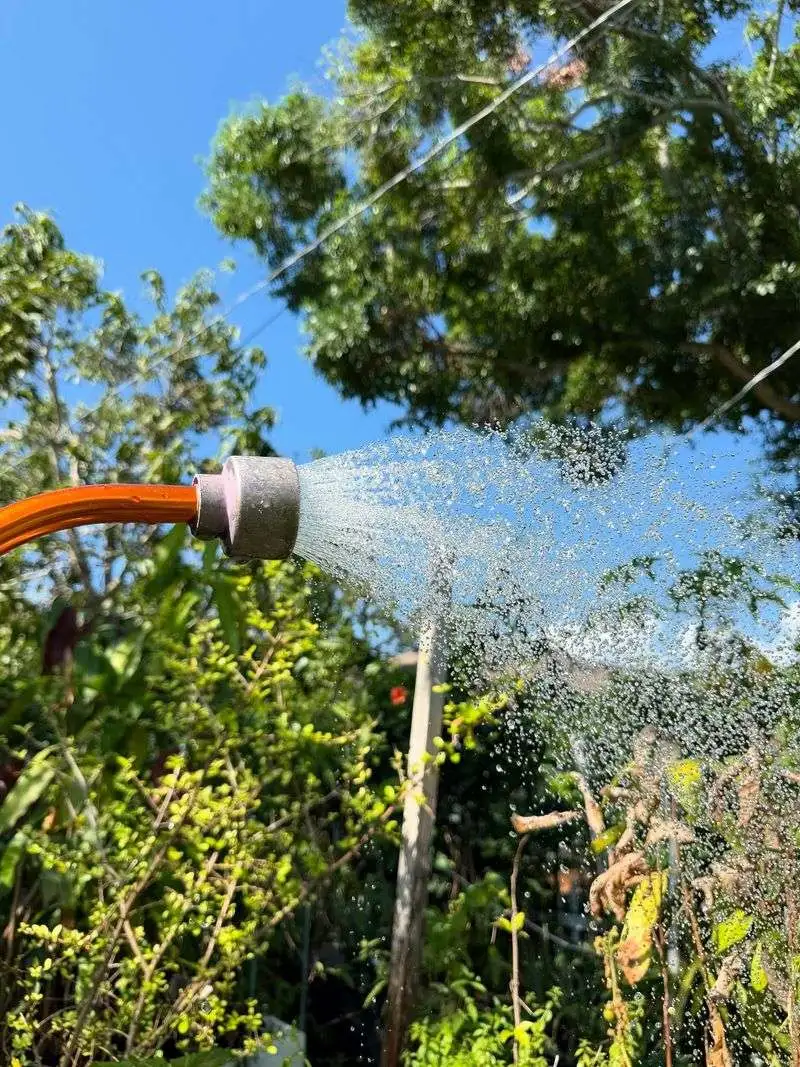
Smart watering is all about timing and technique. Early mornings or late afternoons are ideal to minimize evaporation and ensure your plants get the moisture they need. Opt for deep, less frequent watering to encourage root growth.
Consider drip irrigation systems for efficiency, especially in larger gardens. This approach not only conserves water but also ensures each plant receives ample hydration. By mastering this simple act, your garden will thrive, looking lush and healthy without wasting precious resources.
Installing a Bird Feeder
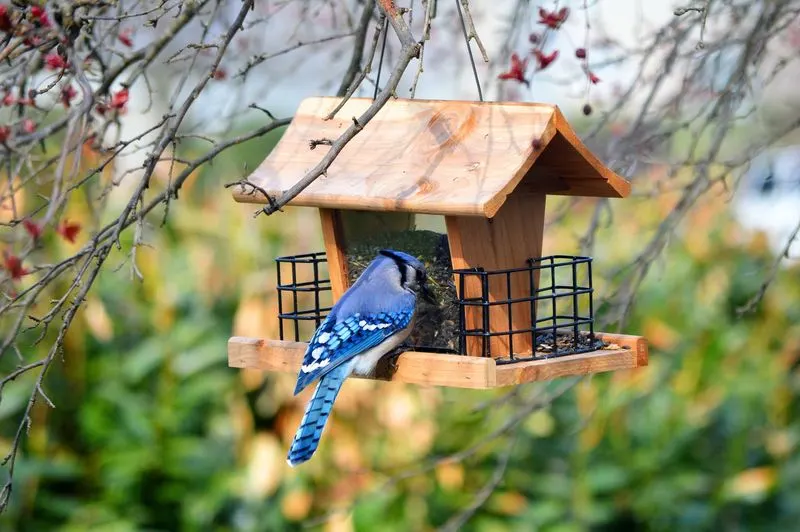
Inviting birds into your garden adds life and movement, turning it into a vibrant ecosystem. A bird feeder can attract a variety of species, offering hours of enjoyment and a natural method of pest control.
Choose feeders that are easy to clean and fill them with seeds appropriate for your local bird population. Placement near trees or shrubs provides shelter and encourages visits. This simple addition not only enhances the biodiversity of your garden but also offers a delightful spectacle right outside your window.
Creating a Herb Spiral
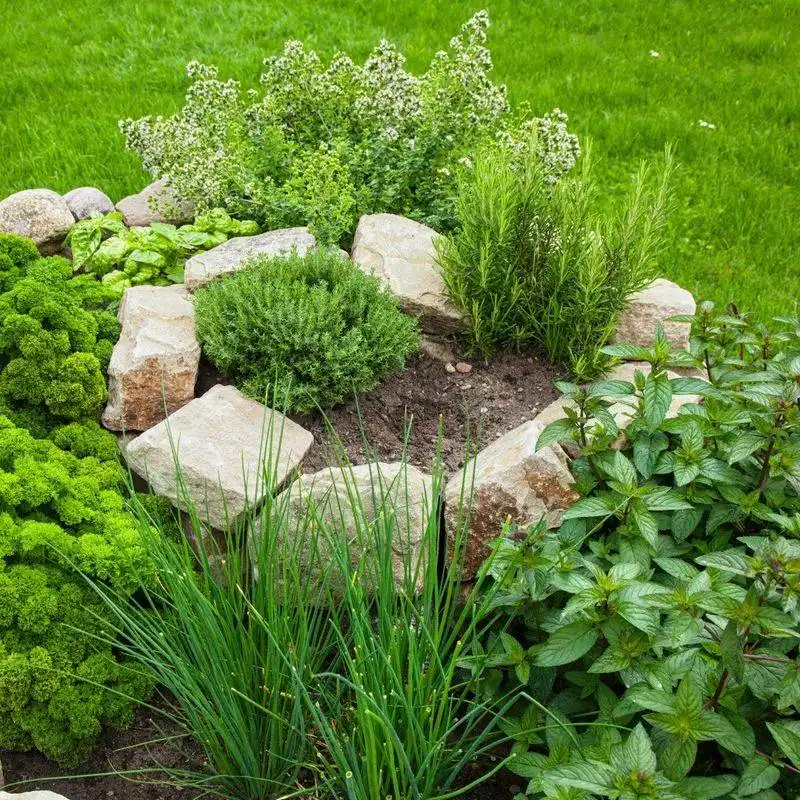
A herb spiral can be a focal point in your garden, maximizing space while creating a microclimate for different herbs. The design allows for a variety of herbs to thrive together, from sun-loving rosemary at the top to moisture-craving mint at the base.
Constructing one is straightforward: spiral up with stones and fill with soil. Plant herbs according to their sun and water needs, and enjoy the convenience of having fresh flavors at your fingertips. It’s a practical and visually pleasing addition to any garden.
Installing Garden Lighting
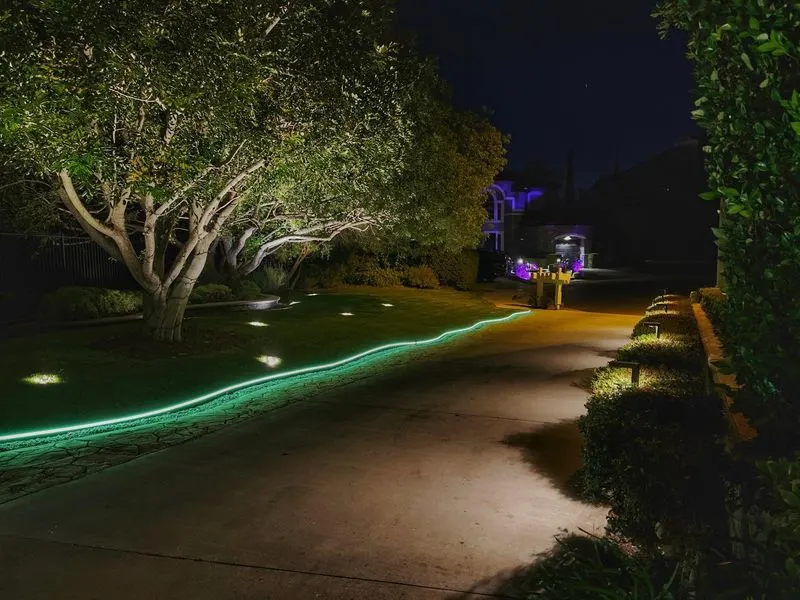
Lighting transforms a garden into a magical space once the sun sets. Solar-powered lights are environmentally friendly and easy to install along pathways and around focal points. Illuminate your garden’s best features, creating ambiance and safety.
Consider string lights for a festive feel or spotlights to highlight specific plants or garden art. This task requires minimal effort but can dramatically enhance your garden’s evening charm, making it inviting even after daylight fades.
Building Raised Beds
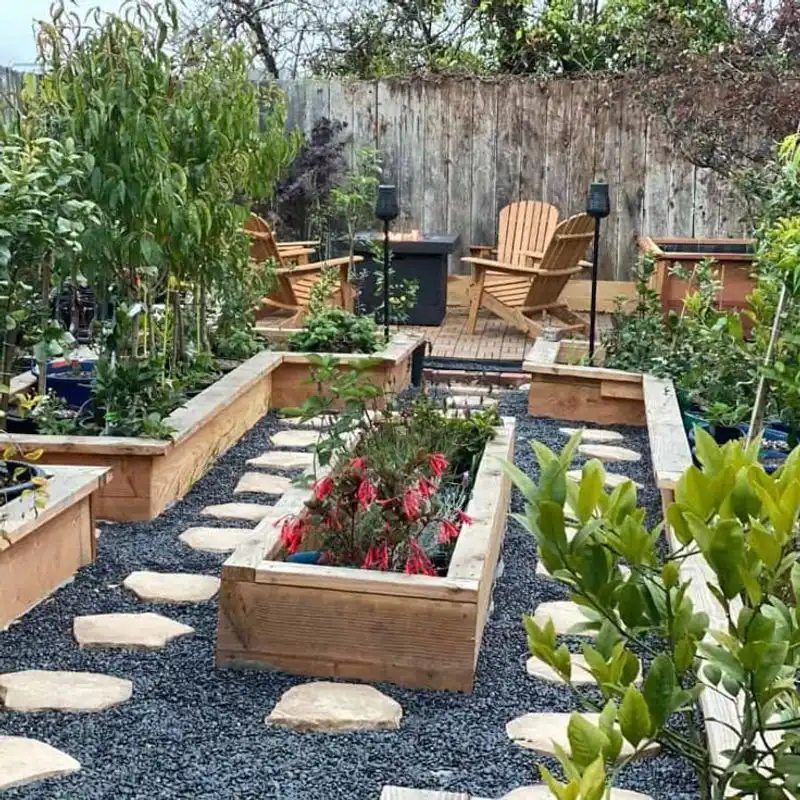
Raised beds offer numerous benefits: they improve drainage, extend the growing season, and reduce back strain from bending over. They’re ideal for vegetables, herbs, and flowers. Use rot-resistant wood or recycled materials to construct your beds.
Fill them with quality soil to provide a nutritious home for your plants. Whether you’re dealing with poor soil or just want a neat, organized garden, raised beds are a fantastic solution. They’re both practical and aesthetically pleasing, offering a tidy and professional look.
Installing a Water Feature

The gentle sound of water can turn any garden into a peaceful retreat. A water feature, like a small fountain or pond, attracts wildlife and adds a touch of elegance. Many options are easy to install and maintain, requiring little more than a pump and electricity.
Position your water feature to create a focal point or complement existing garden areas. Enjoy the soothing ambiance and visual interest it brings. This addition not only elevates your garden’s allure but also offers a calm, relaxing atmosphere.
Creating a Rock Garden
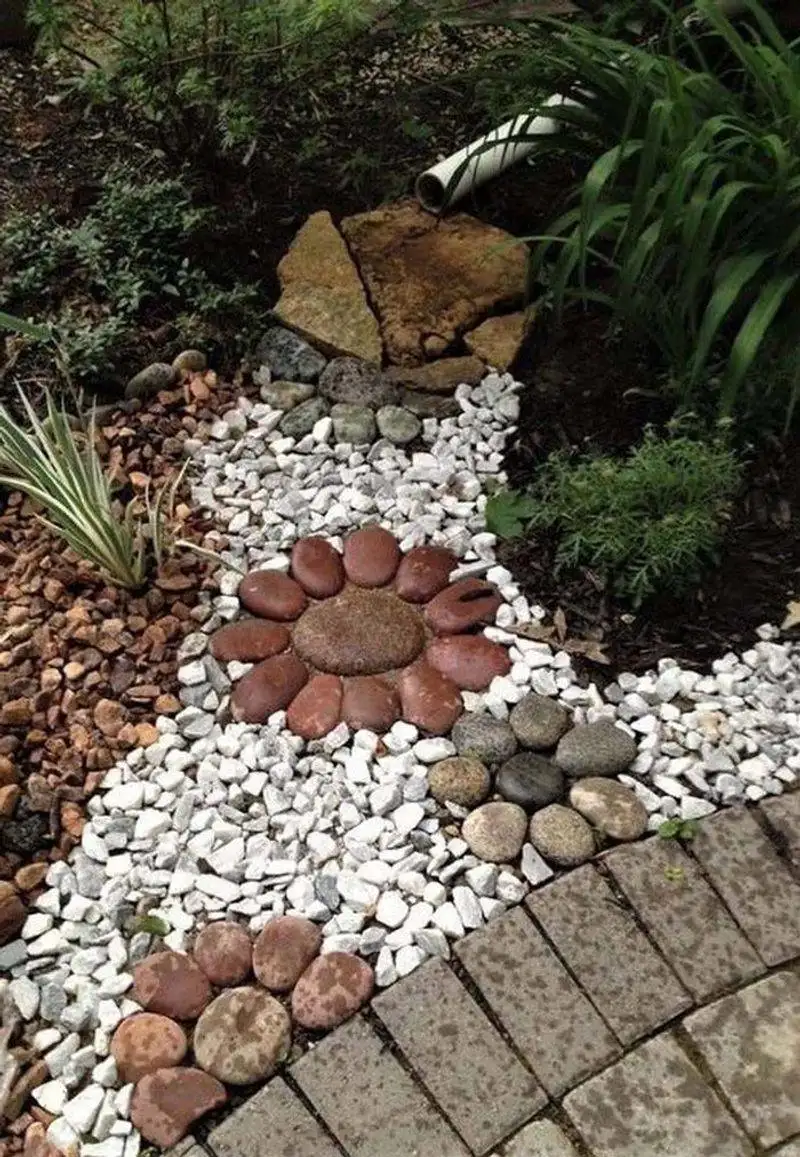
Rock gardens bring rugged beauty and are perfect for dry, sunny spots. By combining rocks with drought-tolerant plants like succulents and alpines, you create a low-maintenance, visually striking garden.
Carefully select rocks and arrange them naturally, considering their size and shape. Add plants that thrive in well-drained soil and enjoy a feature that requires minimal watering. This project not only adds character to your garden but also reveals a landscape that’s both practical and aesthetically pleasing.
Creating a Wildlife Habitat
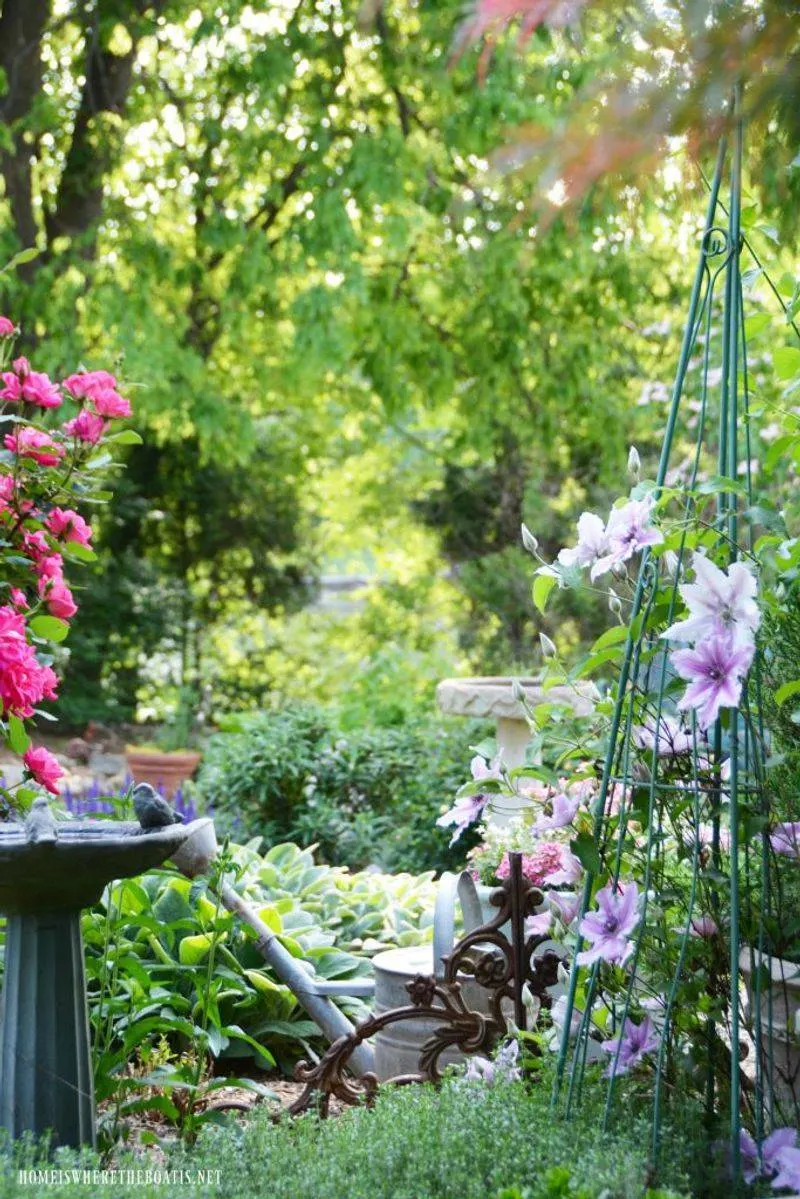
Transforming part of your garden into a wildlife haven supports biodiversity and fosters a vibrant ecosystem. Incorporate features like native plants, log piles, and water sources to attract beneficial insects, birds, and small mammals.
Choose plant species that provide food and shelter year-round. This project not only contributes to the environment but also brings the joy of observing nature up close. By dedicating space for wildlife, your garden becomes a sanctuary for many creatures, enhancing its beauty and ecological value.

